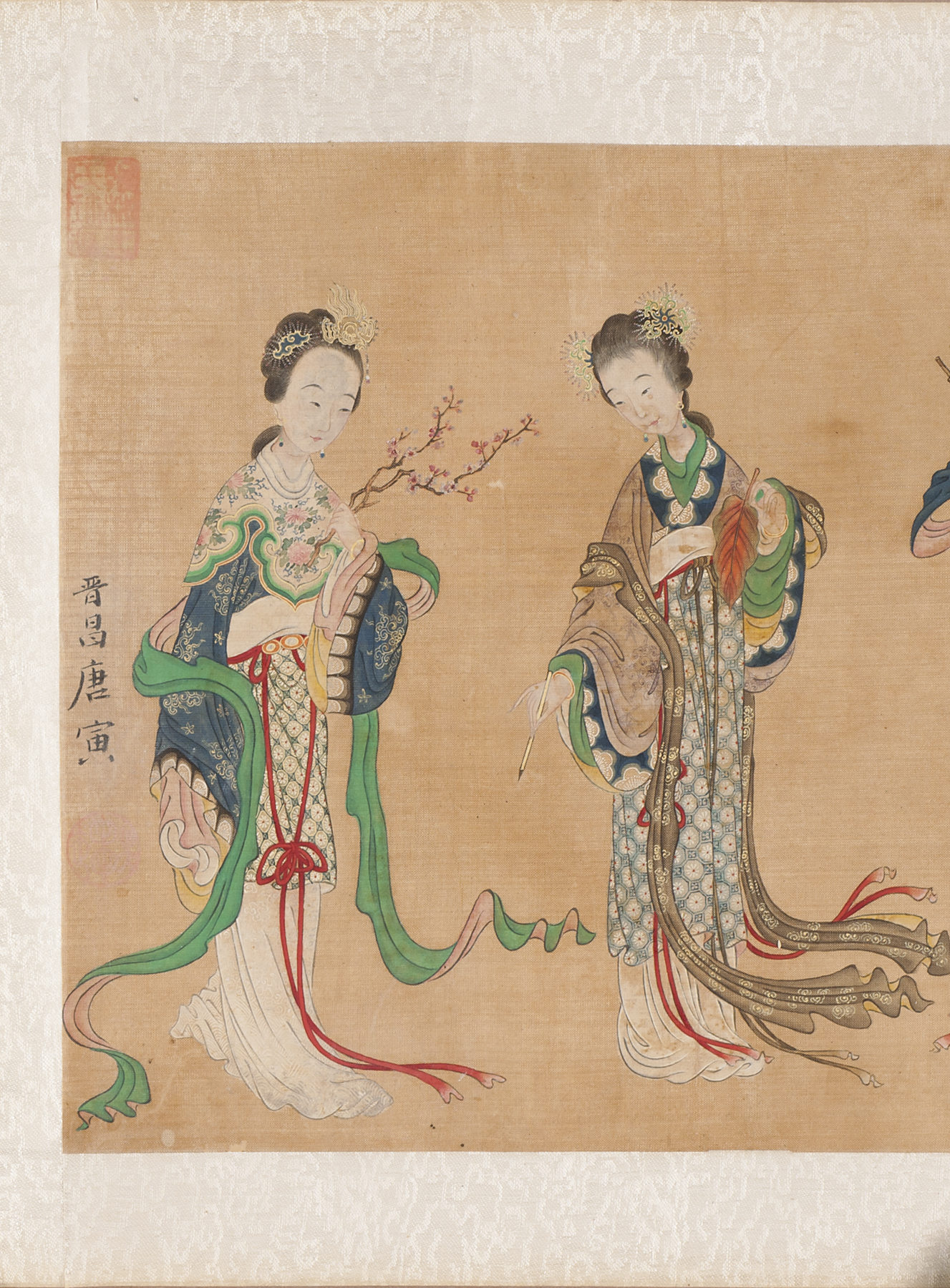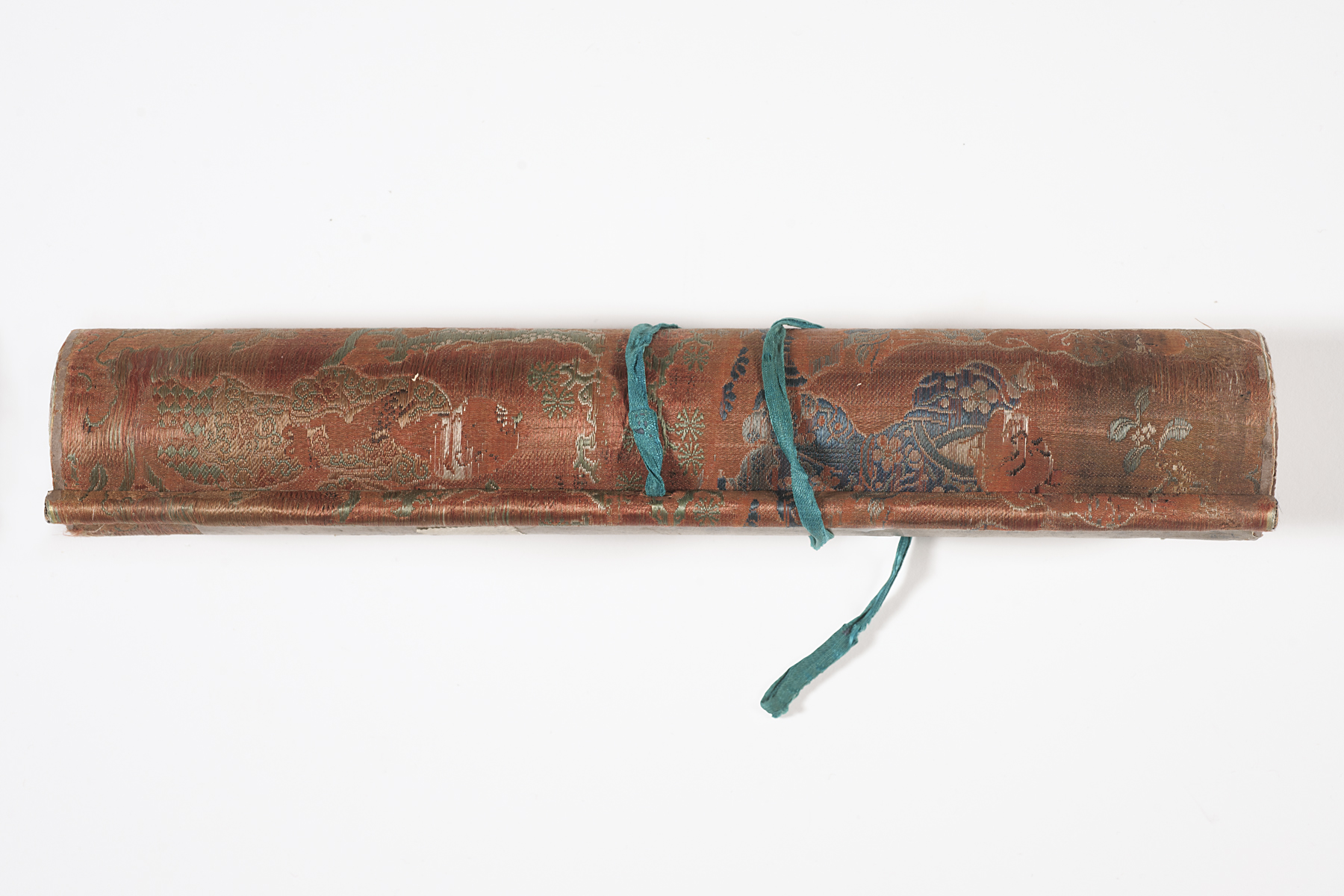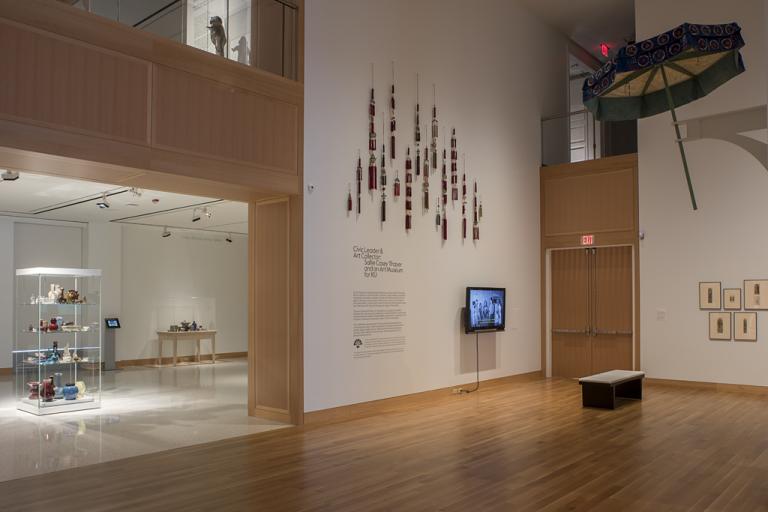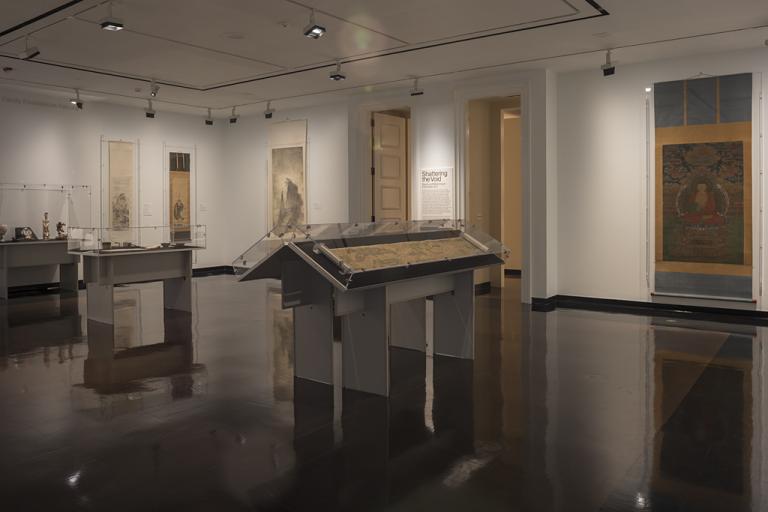Twenty-Four Beauties, unknown maker from China
Artwork Overview
Twenty-Four Beauties
, circa 1736–1795, Qing dynasty (1644–1911)
Where object was made: China
Material/technique: ink; color; paper
Dimensions:
Image Dimensions Height/Width (Height x Width): 25.5 x 279 cm
Image Dimensions Height/Width (Height x Width): 10 1/16 x 109 13/16 in
Image Dimensions Height/Width (Height x Width): 25.5 x 279 cm
Image Dimensions Height/Width (Height x Width): 10 1/16 x 109 13/16 in
Credit line: William Bridges Thayer Memorial
Accession number: 1928.0154
Not on display
If you wish to reproduce this image, please submit an image request










